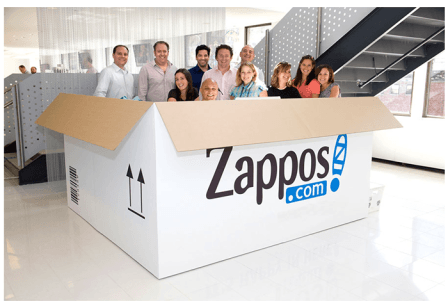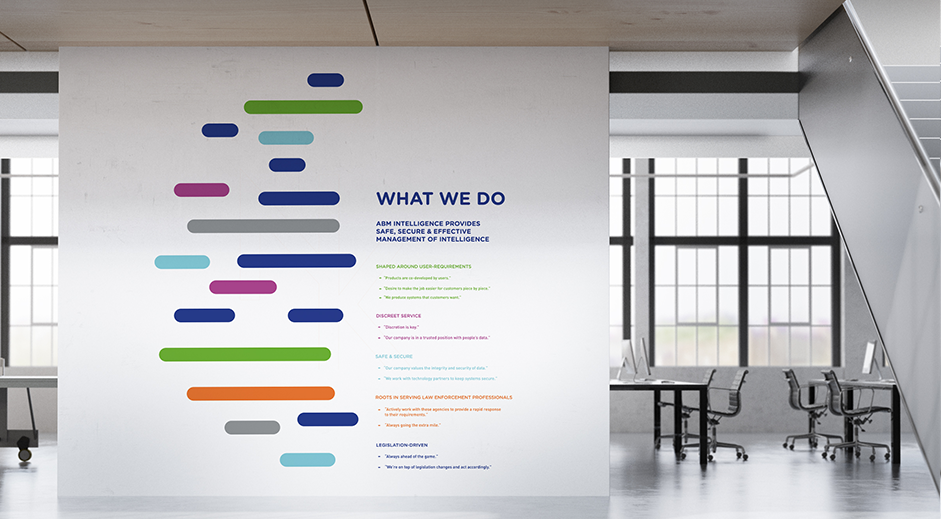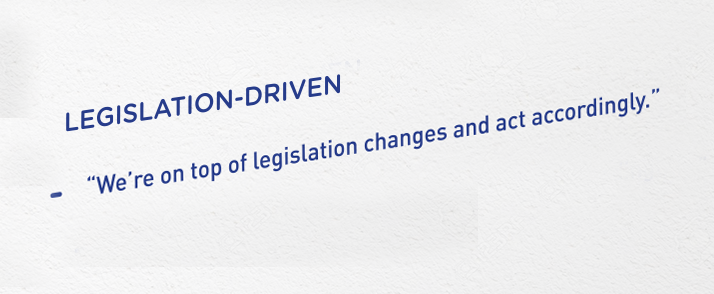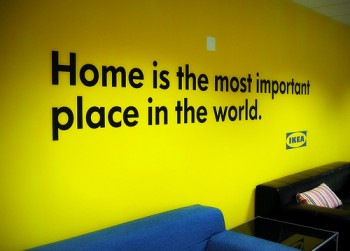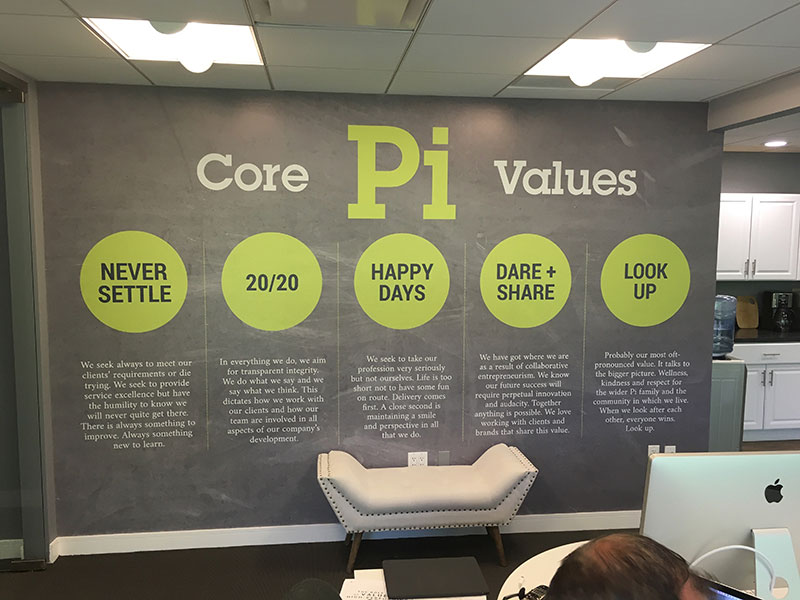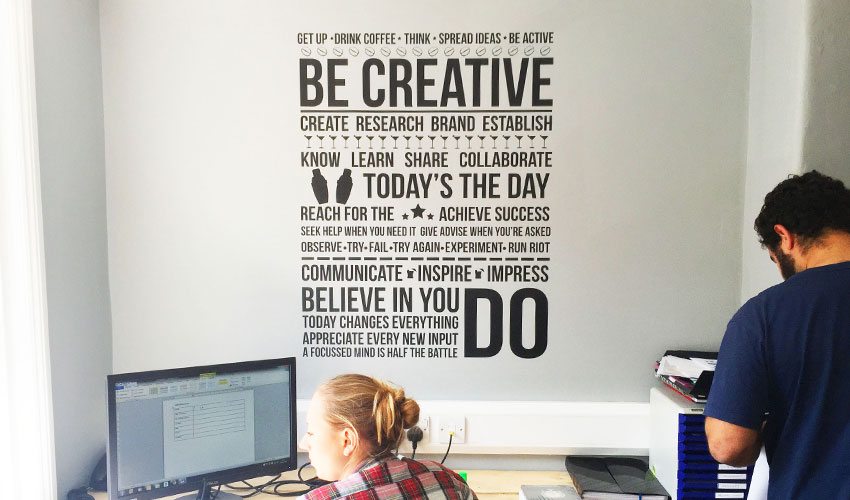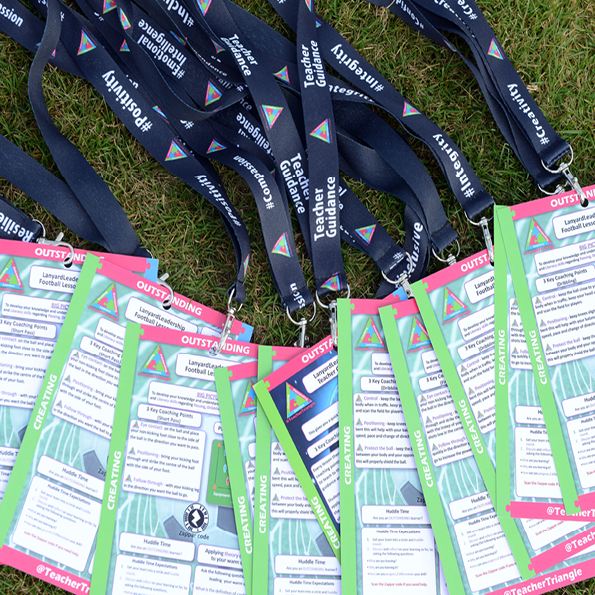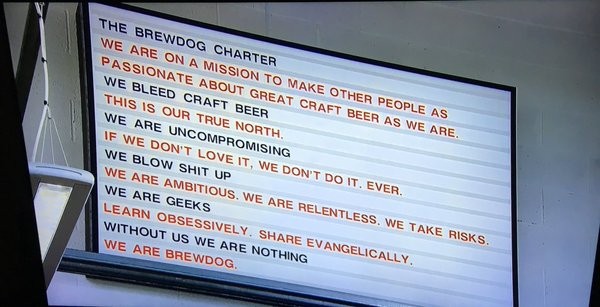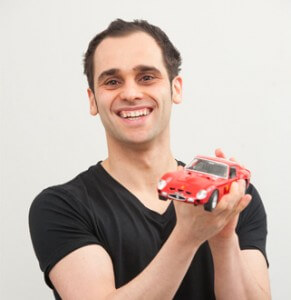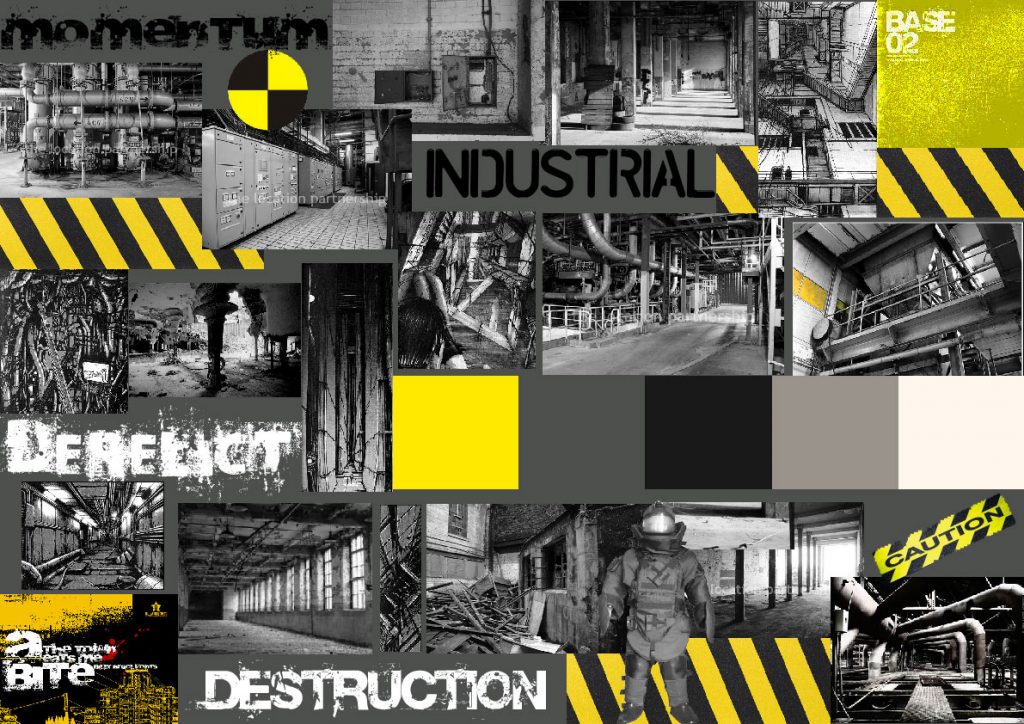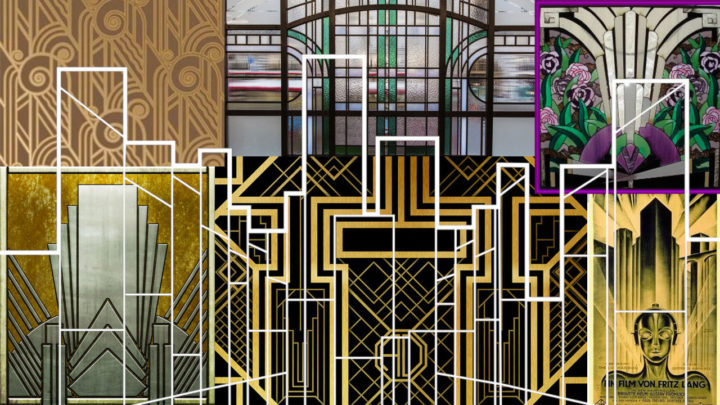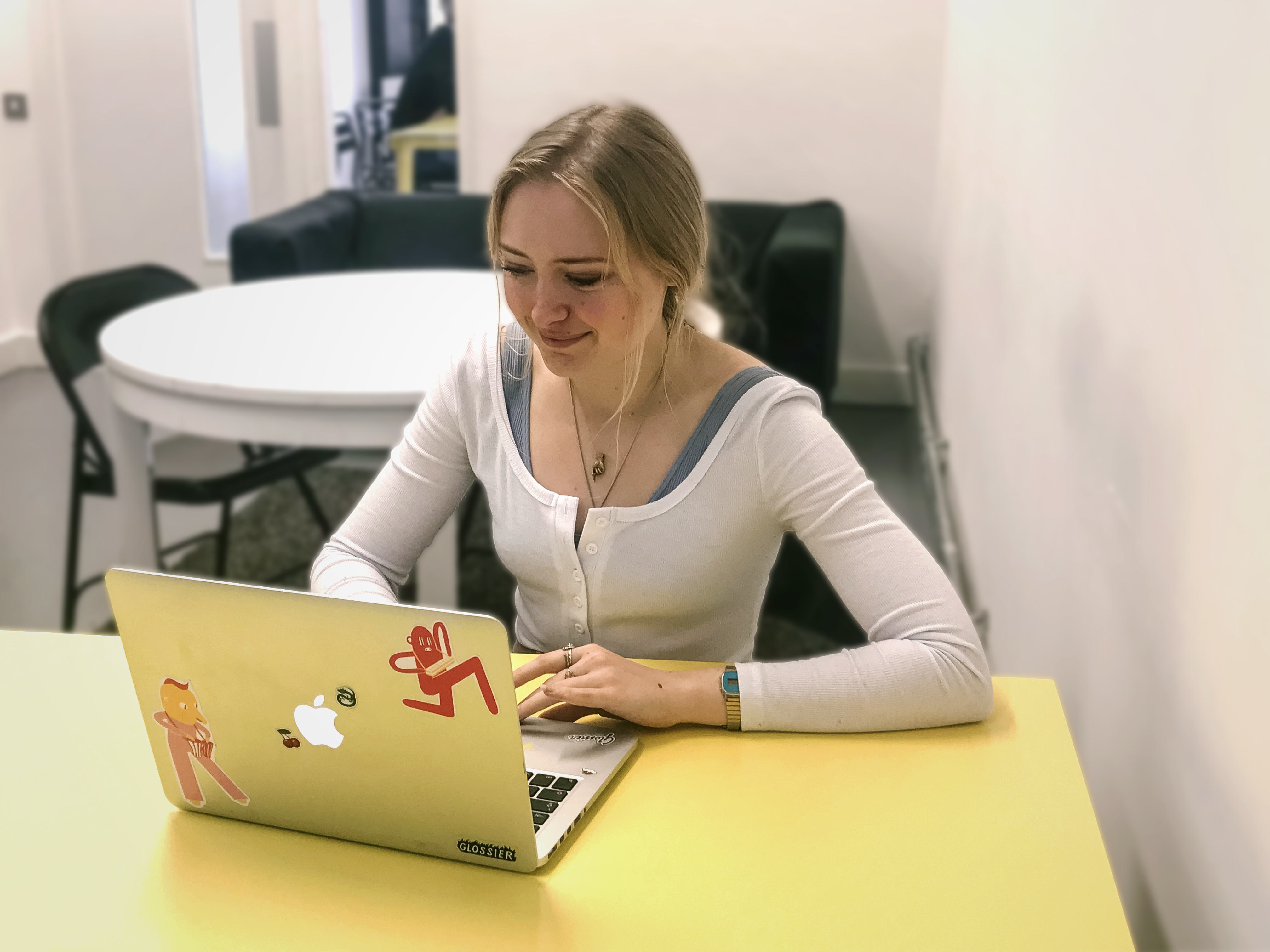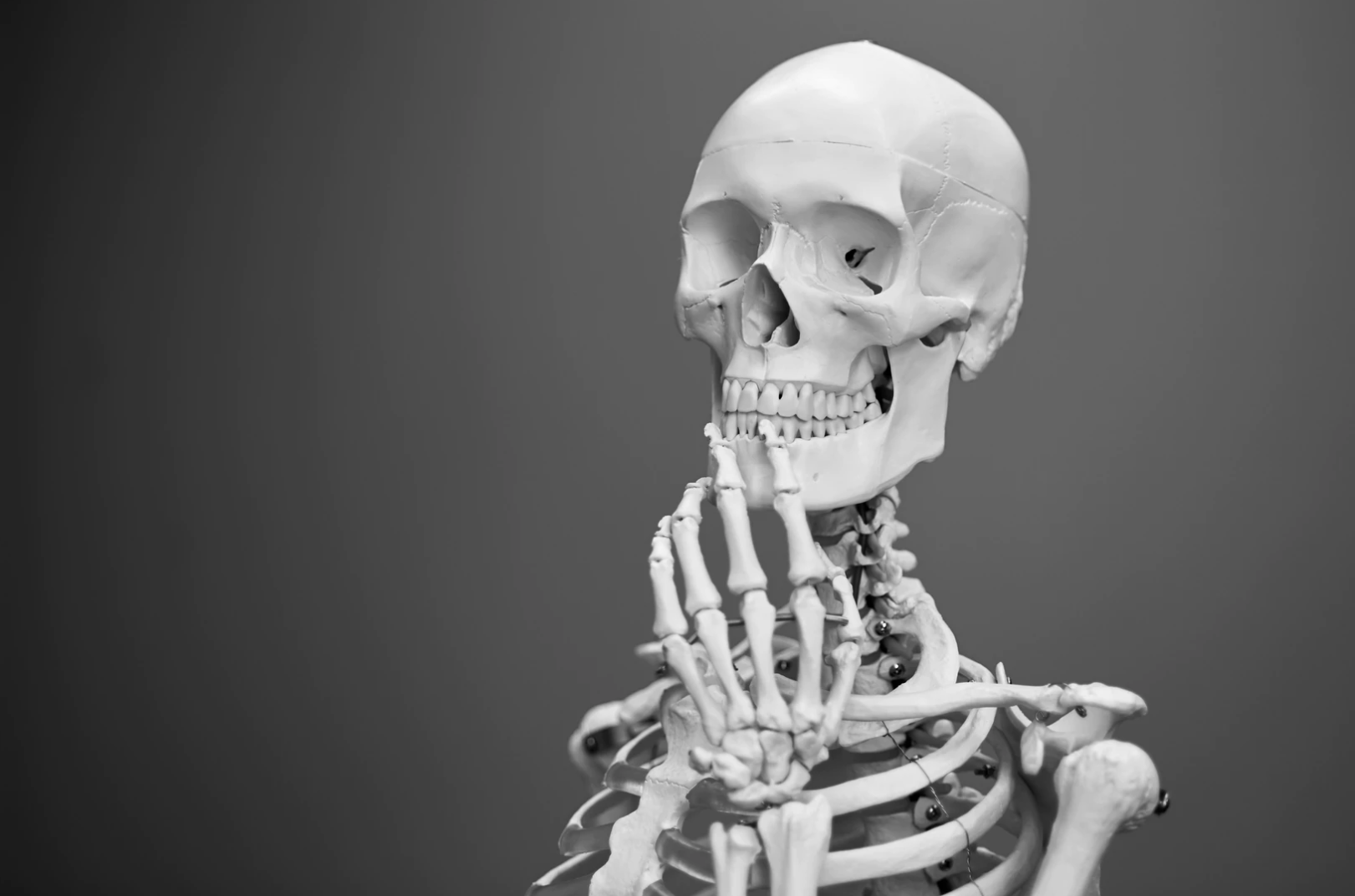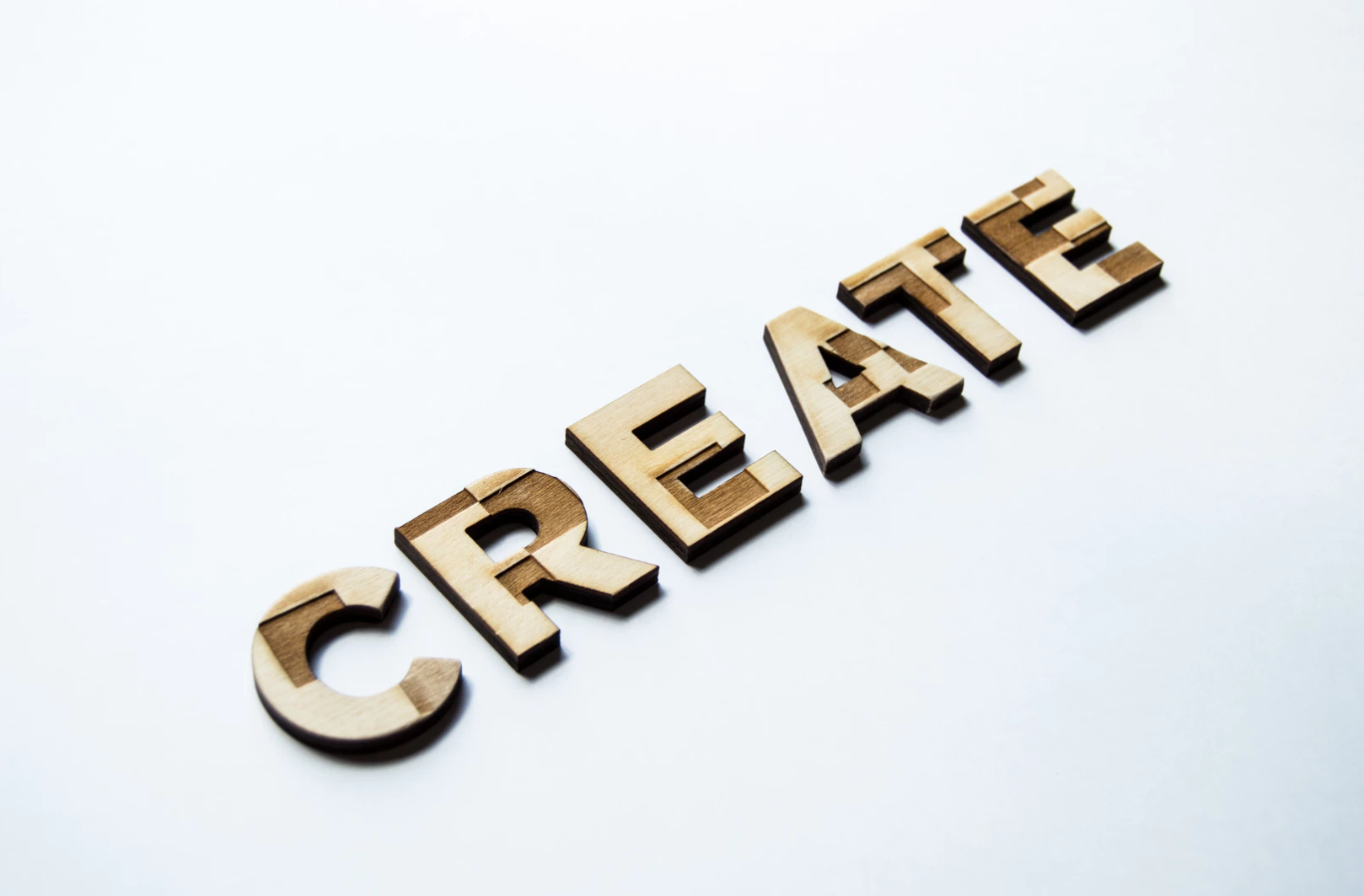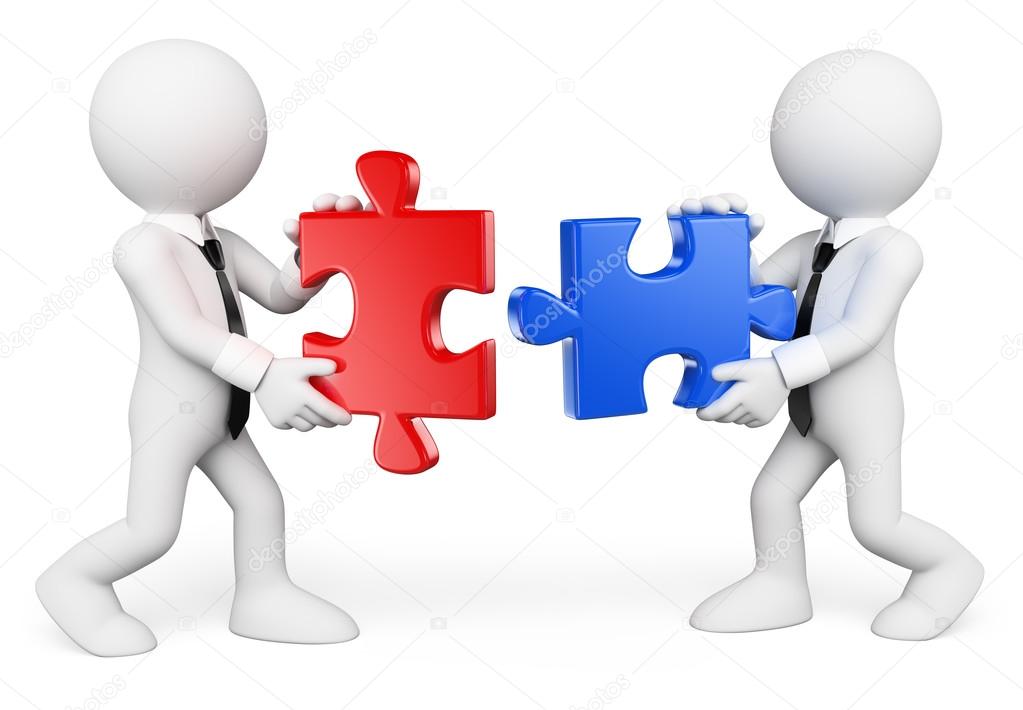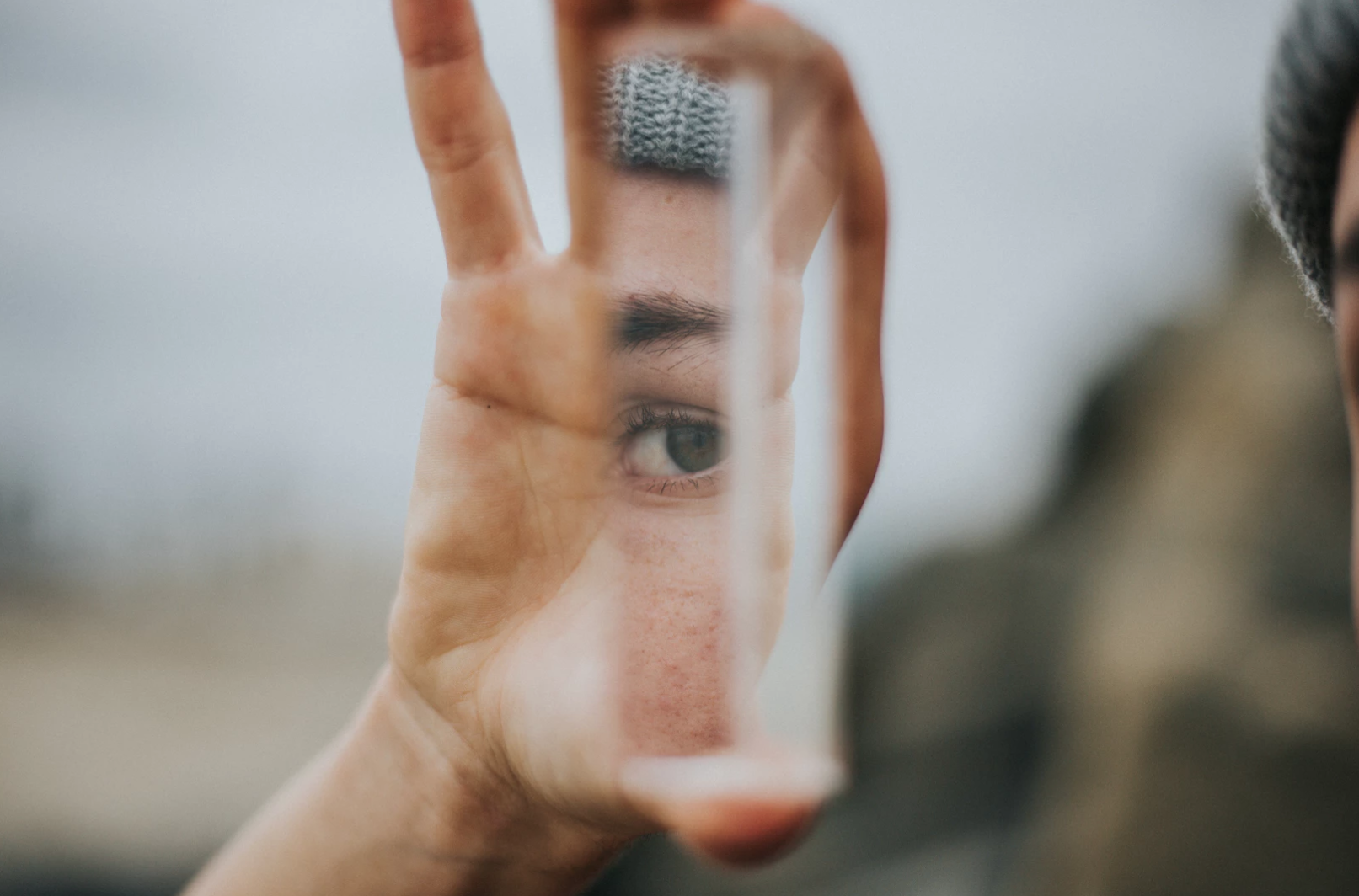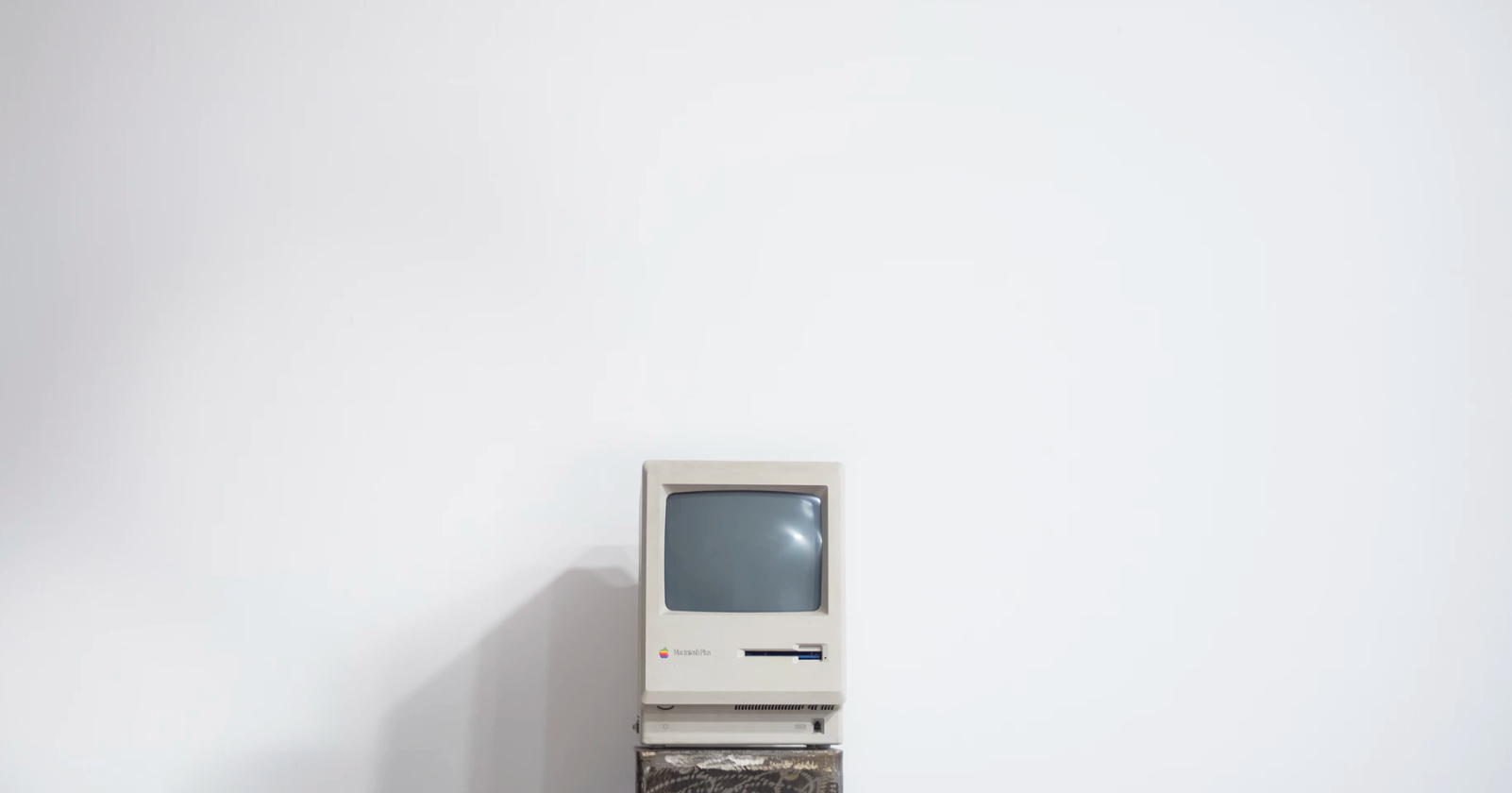We are absolutely thrilled and delighted to present the second in our LOFTCAST series this week. For those, that aren’t in the know, this video and audio podcast features high-impact, transformative and radical thinking individuals who are rapidly changing the world in which we live today. For the second episode, our founder Benedetto Bordone interviewed Scottish entrepreneur, investor and multiple-award winner Brian Williamson who talks to us about ‘Ordinary People Doing Extraordinary Things.’
In a wide-ranging interview, Brian speaks about his up-bringing, the tremendous success of R&D Tax Credit specialists Jumpstart and how his early experiences as a manager in a factory in the highly unionised 70s and 80’s shaped his career for the better. He gives some great insights into how he has been able to effectively engage, energise and create more efficient workforces, his passion for entrepreneurship, how the significance and benefits of a 4 day work week with current company 4icg is shaping their success and finally how receiving ‘the yellow card’ (cancer) has affected his outlook and the changes he’s made since going into remission. There is also a special Q&A at the end of the interview with questions from the Scottish Business Community.
This film is rich with advice, stories and experiences from Brian’s past, present and future. It is absolutely perfect for people who are looking to develop a more entrepreneurial mindset, for business leadership, for managing people at work and anybody with a desire for personal development to become more successful with their careers.
Finally, we’ve taken the entire interview and divided it into 27 mini-films that seamlessly flow from one to another, so you can pick and choose those that are most relevant to yourself.
We hope you enjoy watching this series as much as we’ve enjoyed producing it for you.





